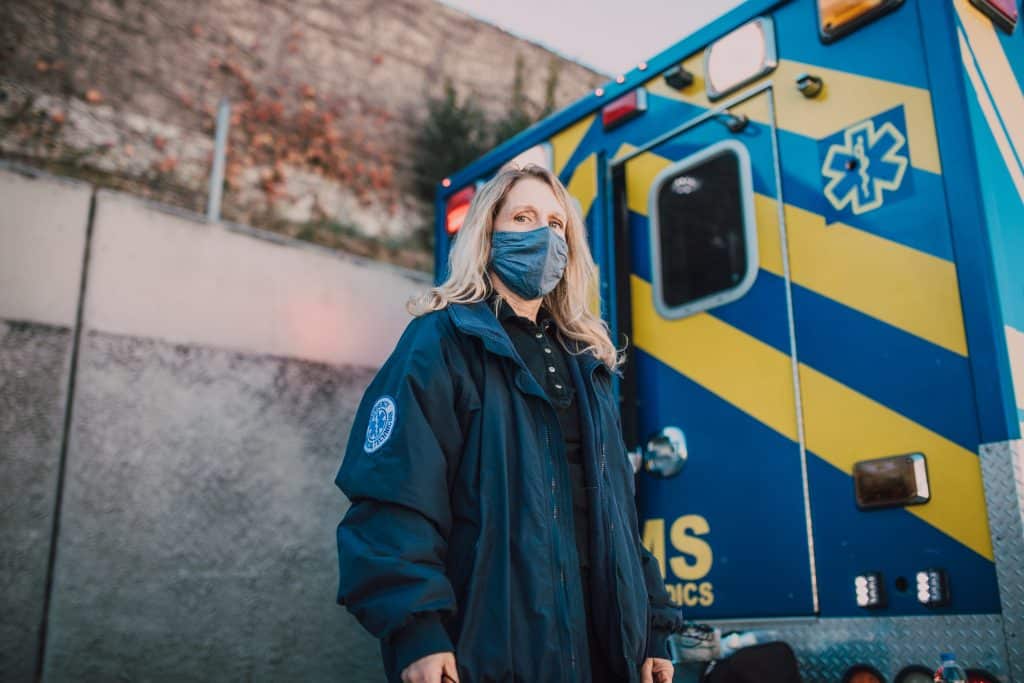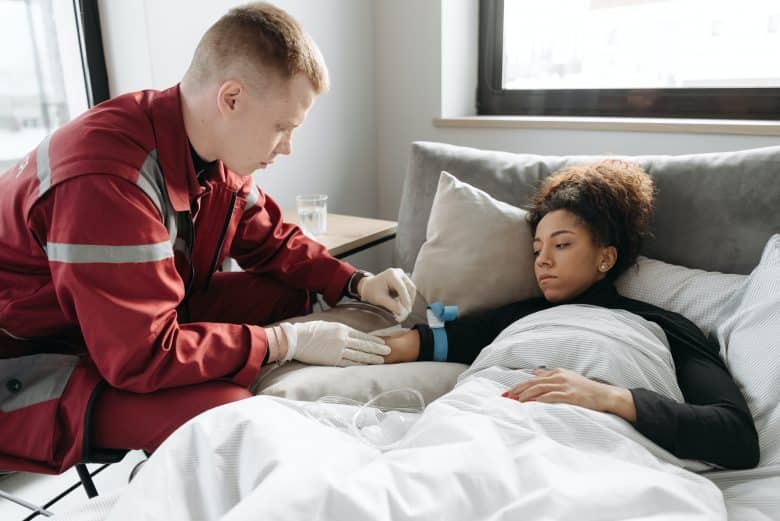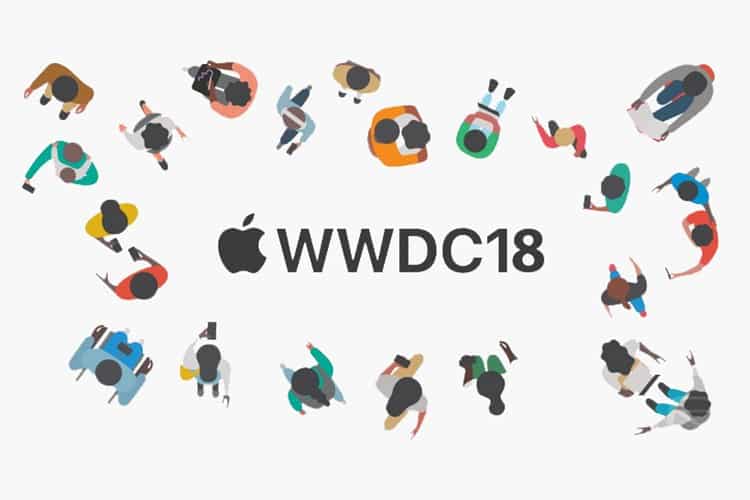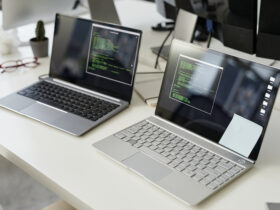When you work as an emergency medical technician, you need to be prepared. Preparation comes not only with knowing what it takes to be an EMT but also by having the right tools at your disposal, especially when someone’s life is on the line.
This article will cover the six core EMT accessories and equipment you’ll need to do your job expertly and ensure your patients are given the best possible care while transporting them.
Let’s dive in.
1. A Solid Flashlight
Here’s the deal. Over 40% of car crashes happen at night, despite the fact that there’s often 60% less traffic on the roads. What this means for you is you’ll be working in darker conditions.
Whether that’s traversing a steep hillside on the side of the road, or taking someone from their home down a set of unlit outdoor steps, it’s good to have something handy.
A great model to buy is the ‘Tactical’ flashlight, one that straps to your belt or a carabiner. These are small and won’t get in your way in the ambulance, but will provide you with safety and light while working in the dark.

2. A Multi-Tool
Uncle John keeps his multi-tool on him to help cut open tricky packages at Christmas time. You need one to help keep people alive.
Your multi-tool should include at minimum a screwdriver, a knife, and pliers. Added perks are scissors, a saw, and a ruler.
3. An Oxygen Key or Wrench
It’d be insane to think your organization wouldn’t have these available for you and your fellow EMTs. However, when a patient is in the vehicle and is desperate for oxygen, not knowing where the key was placed is a problem.
It never hurts to keep a spare key on you. A misplaced key loses precious moments that the patient may never get back.
Keep one attached to your multi-tool or carabiner with your flashlight and you’ll never have to worry.
4. Snap Mounts
There are many types of snap mounts and each is designed with a specific purpose and intent.
Bench snap mounts, such as the NCE SNAP P, can safely secure a Philips Tempus Pro monitor/defibrillator. Keeping it snapped in place reduces the chance of harming you or the patient.
Wall-based mounts are available as well and can lock into surfaces expertly. These are designed in the event of a roll-over, fast stopping, and rapid acceleration.

It’s important to keep you and your patients safe while in the ambulance. Locking your defibrillators and AEDs in secure locations does just that.
5. Extra Battery Pack
Not for the ambulance; for your phone! Over a long shift, there’s nothing better than listening to some tunes-
Wrong! Your phone is how you: get directions, contact hospitals, keep track of drip rates and patient medication dosages, and so much more. A spare battery pack keeps your phone charged and you able to help your patients better.
6. Spare Bandages, I.V. Kits, and More
Having a stash of medical EMT equipment that you can access and sift through at a moment’s notice will put you leagues above the unprepared EMT.
Keep a personal first aid kit on you. Include bandages, dressings, and gauze. For advanced EMTs, having an I.V. Kit with needles, tourniquets, and drip sets can go a long way.
Be the Best with EMT Accessories
Prepare for the worst by having the best EMT accessories. Planning to have proper EMT gear available at a moment’s notice will be something that can quite literally save a life.
If you’re interested in EMT equipment or more on technology and the medical profession, check out our related blog posts.













Leave a Reply